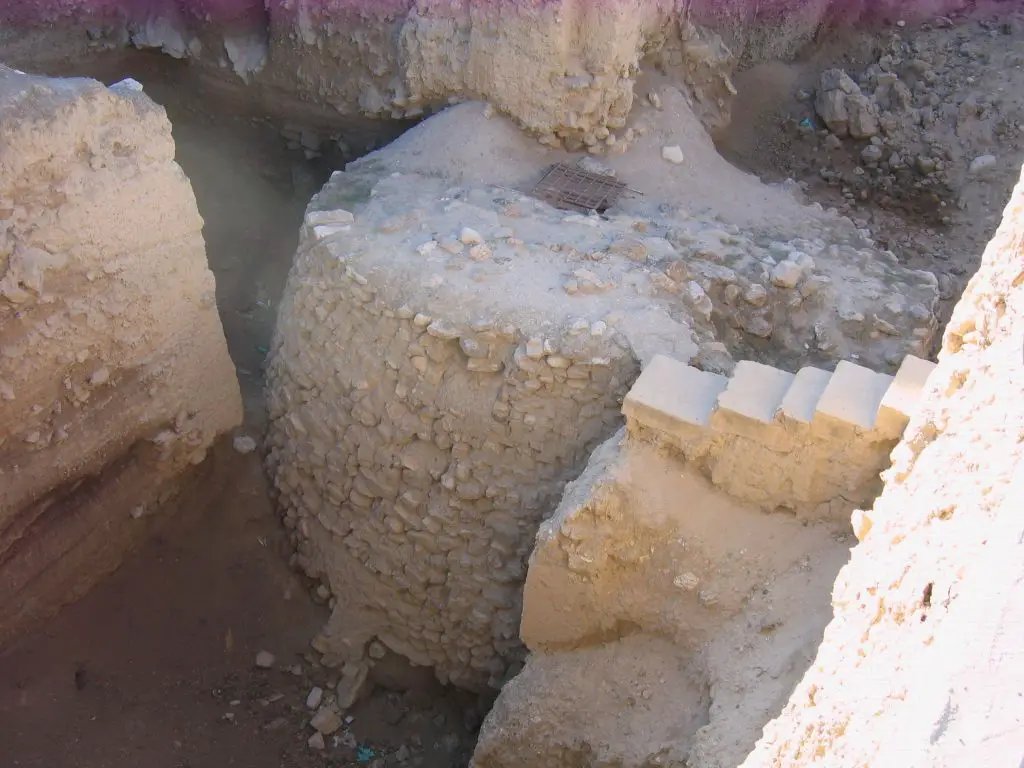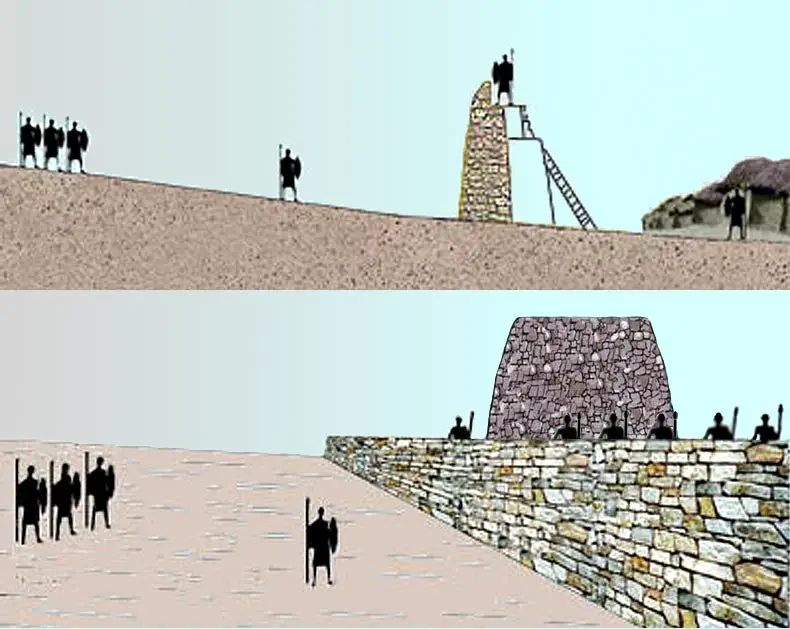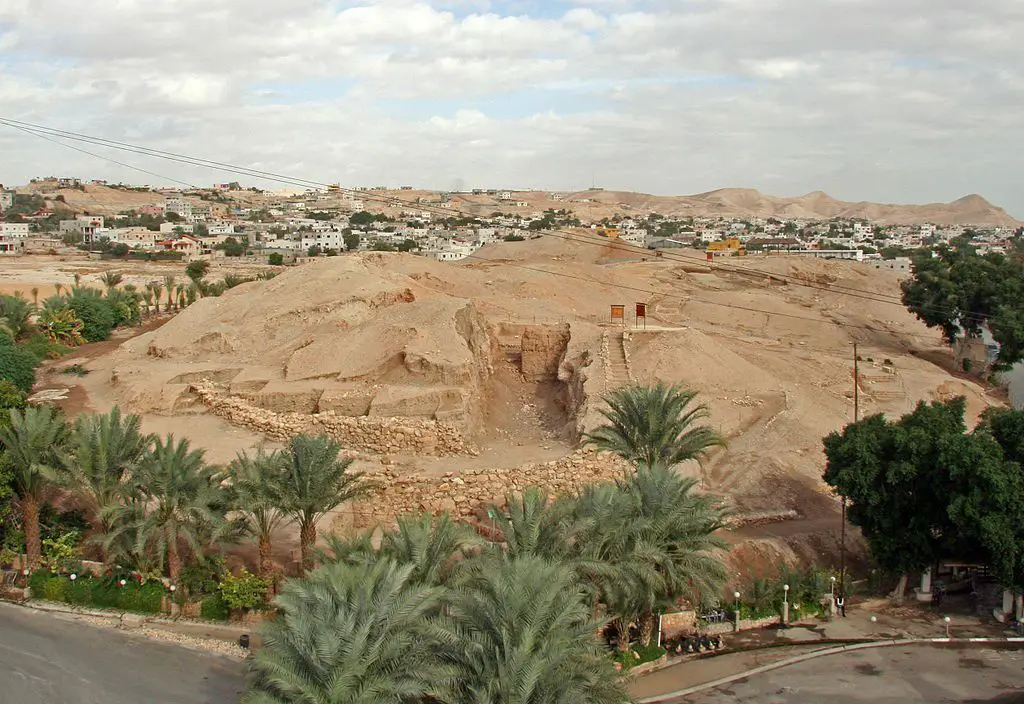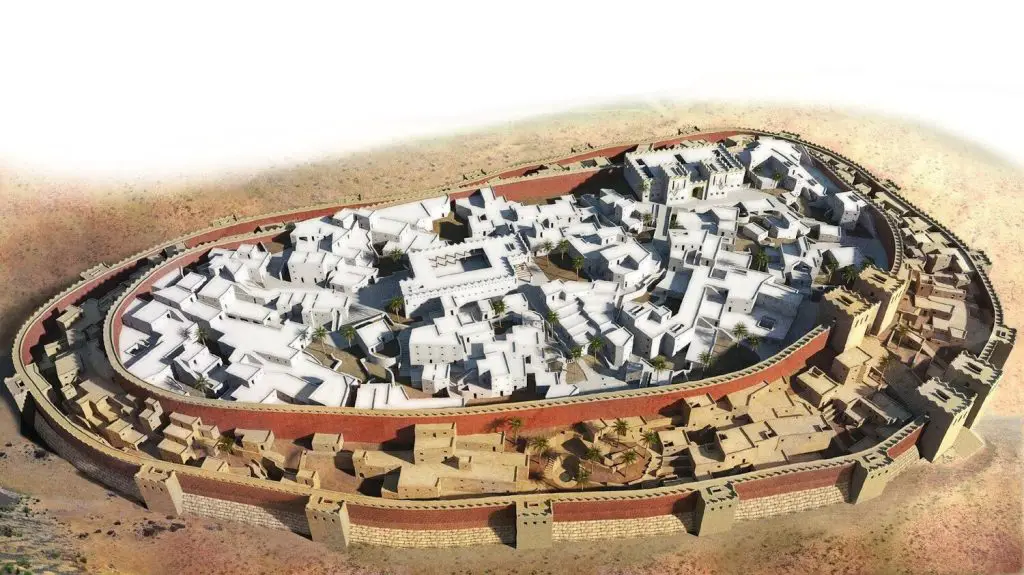Jericho holds a unique place in history as one of the earliest locations where hunter-gatherers transitioned to settled communities. This ancient city bears witness to the world’s first communal gathering structures, the advent of domesticated animals, and the practice of agriculture. Moreover, Jericho is prominently featured in various biblical narratives, particularly those recounting the city’s walls.
Bill Finlayson, an archaeology professor at Oxford University, has extensively explored archaeological sites in Jericho. According to his research, approximately 15,000 years ago, in Jericho and other regions across the Middle East, hunter-gatherers began to shift from a nomadic lifestyle to settling in one place more regularly. This transition occurred as these early humans identified fertile areas where they could access diverse resources. Through the construction of more permanent structures and adopting sustainable hunting practices, these communities were able to extend their stay in one location. Jericho stands as a testament to this pivotal moment in human history when the foundations of settled living were laid
The Tower

The Tower of Jericho stands as one of the earliest signs of hunter-gatherer communities investing in their settlements. Constructed approximately 12,000 years ago, this remarkable Neolithic stone structure is concealed beneath millennia of dusty deposits. Although likely built by late hunter-gatherers, the exact origins remain challenging to determine due to layers of sediment accumulating around the tower over the city’s continuous habitation. Despite its tower-like appearance, it is observed from an elevated position, prompting Bill Finlayson to remark, “Although it’s a tower, you’re looking down on it.”

The precise purpose of the tower remains unknown, but it probably served as a communal space for the community to gather and express themselves. Contrary to fanciful notions of it being an underground shelter for a secret society, Finlayson emphasizes that it was highly visible and intentionally designed to be seen from a distance. He notes that numerous imaginative ideas about the tower’s purpose are challenging to prove.
Around 7,000 years ago, Jericho likely completed its transition to agriculture. Evidence indicates the cultivation of wheat, barley, chickpeas, and lentils, along with the domestication of goats and sheep. Recognizing the ecological interdependence of farming, the people of Jericho understood the need for animals to produce manure.
During this period, Jericho evolved into a small city with a year-round population of a few thousand residents. Its strategic location next to a vast spring played a pivotal role in its sustained appeal. The spring, until recently, provided abundant and reliable freshwater throughout the year, contributing to Jericho’s unique and enduring status. As Finlayson states, “That’s really what makes Jericho such a special place.”
The Walls

While Bill Finlayson finds the Neolithic period particularly intriguing, other archaeologists have focused on more recent aspects of the site: the famed walls of Jericho mentioned in the Bible. In the Book of Joshua, dating to around 1,400 B.C., the Bible recounts the story of Joshua leading the Israelites in battle against the Canaanites, and the walls of Jericho falling, as divinely predicted.
For decades, researchers and theologians have sought the actual walls. However, according to Finlayson, the main wall discovered around Jericho is prehistoric and doesn’t align with the biblical narratives. This wall, lacking signs of conflict or war, is substantial but only constructed on one side of the town, suggesting its purpose was likely to prevent flooding rather than repel invaders. Some Bronze Age walls from a similar period as the biblical stories have been found, but tying them to specific biblical passages is challenging, Finlayson notes.

The certainty of whether the excavated walls in Jericho are the same walls mentioned in the Bible remains elusive. Nonetheless, Jericho’s significance is profound. Although it is now a tranquil town in the West Bank known for citrus and warm weather, it stands as a symbol of human accomplishment when united. Jericho represents one of the earliest instances where people came together, coexisting and resolving differences. As structures became permanent, and animals remained in one place, the ability to simply walk away during conflicts diminished, emphasizing the complex dynamics of early human societies.
RECOMMENDED: Modern Ghost Towns Where No-One Lives